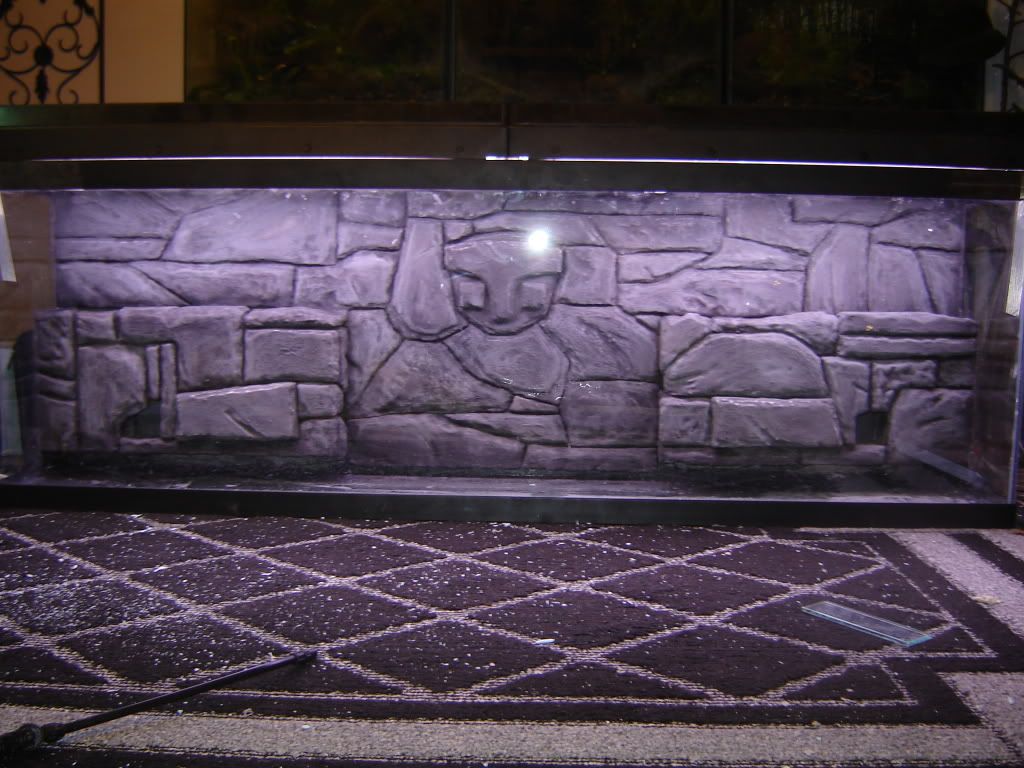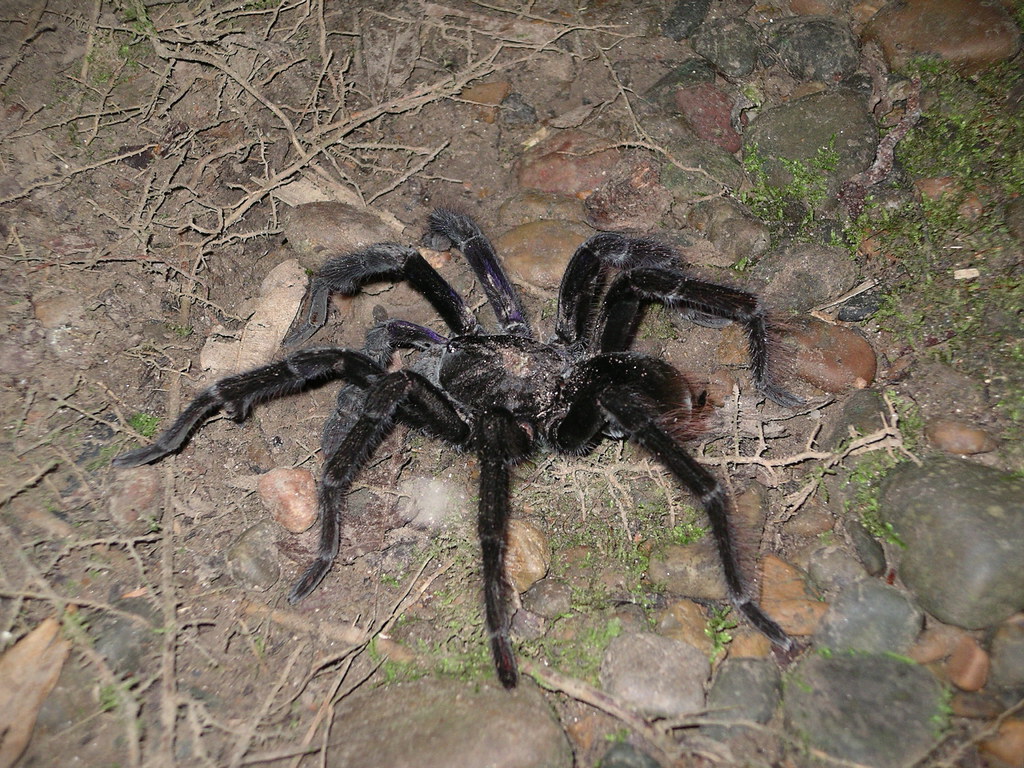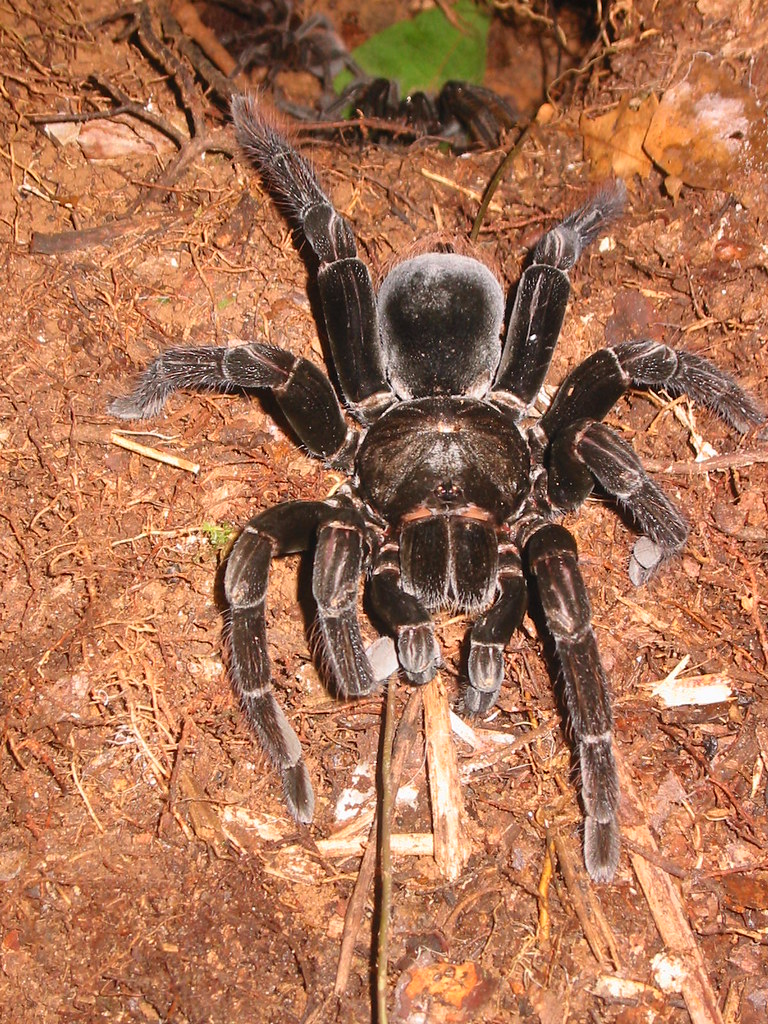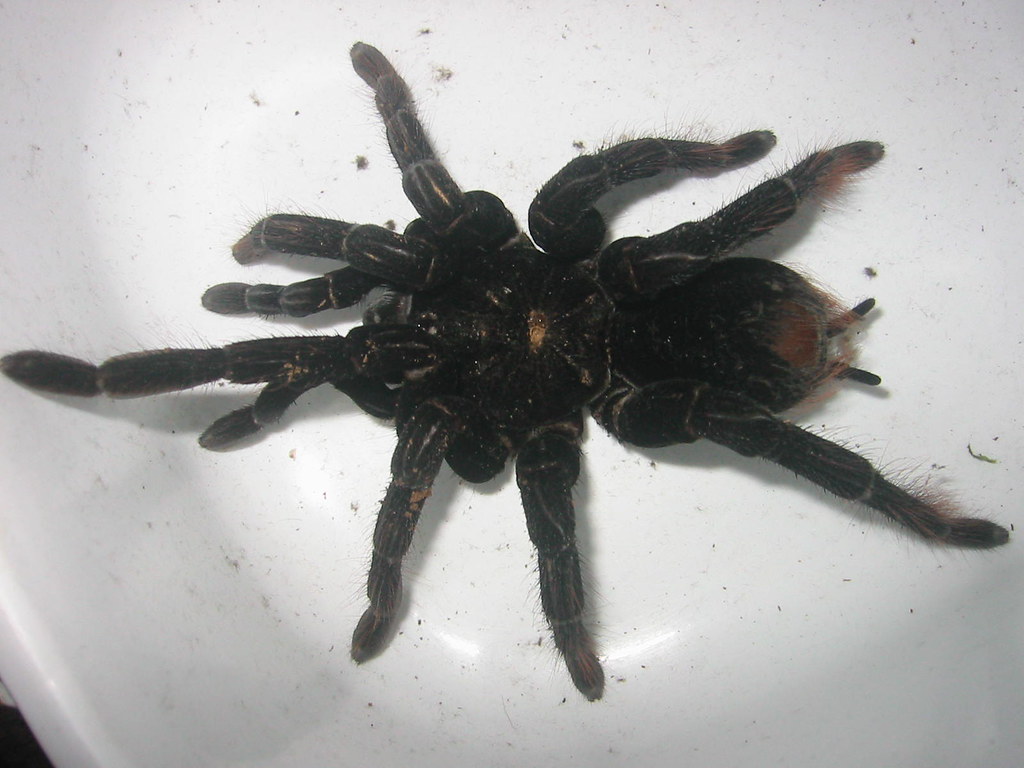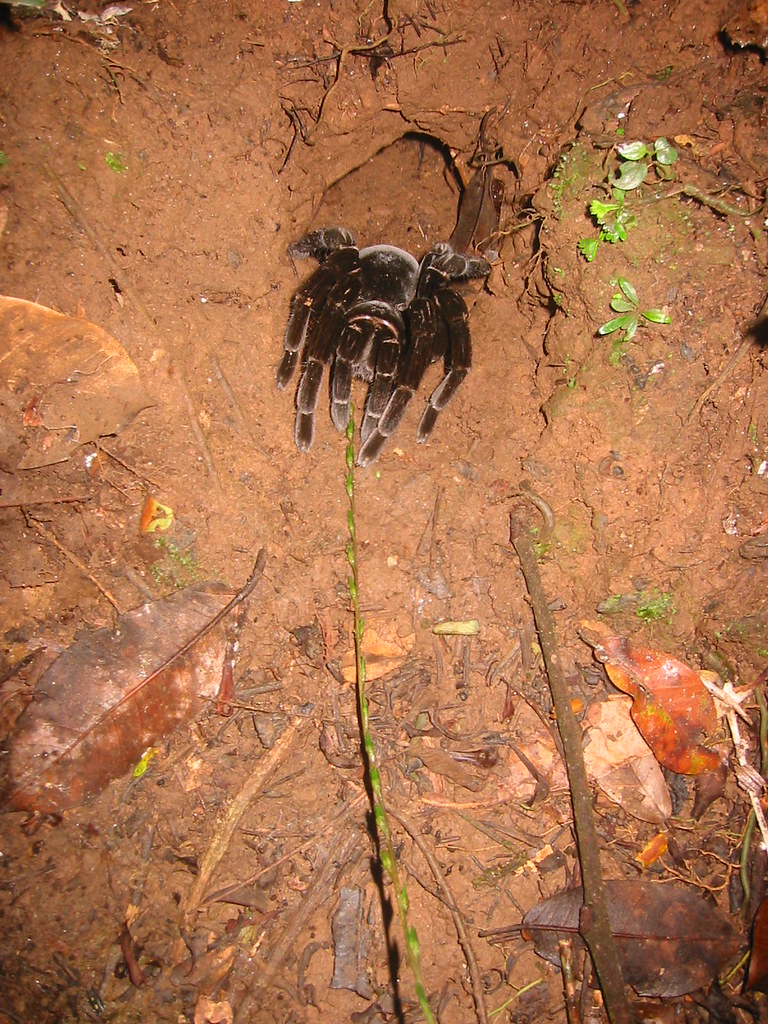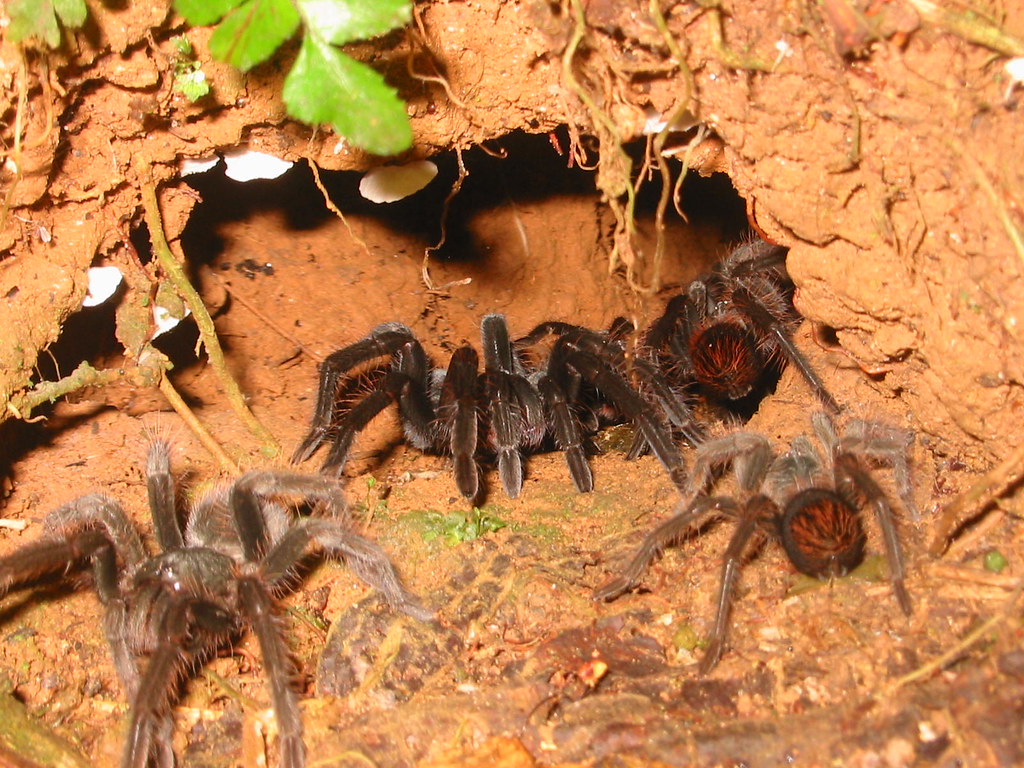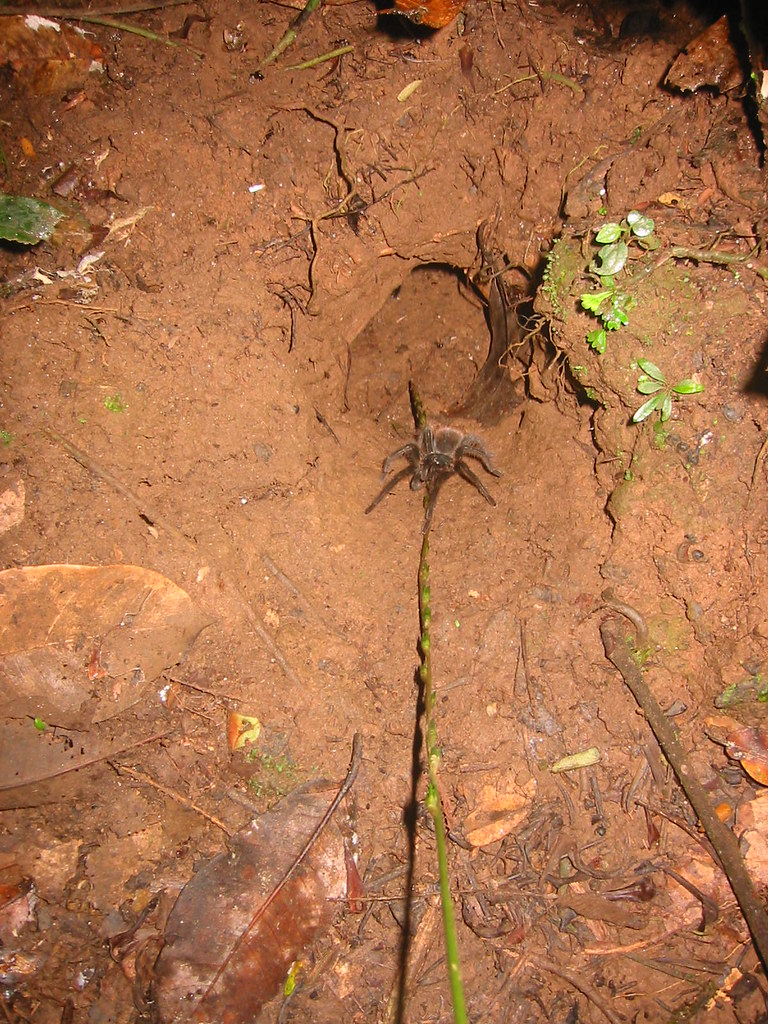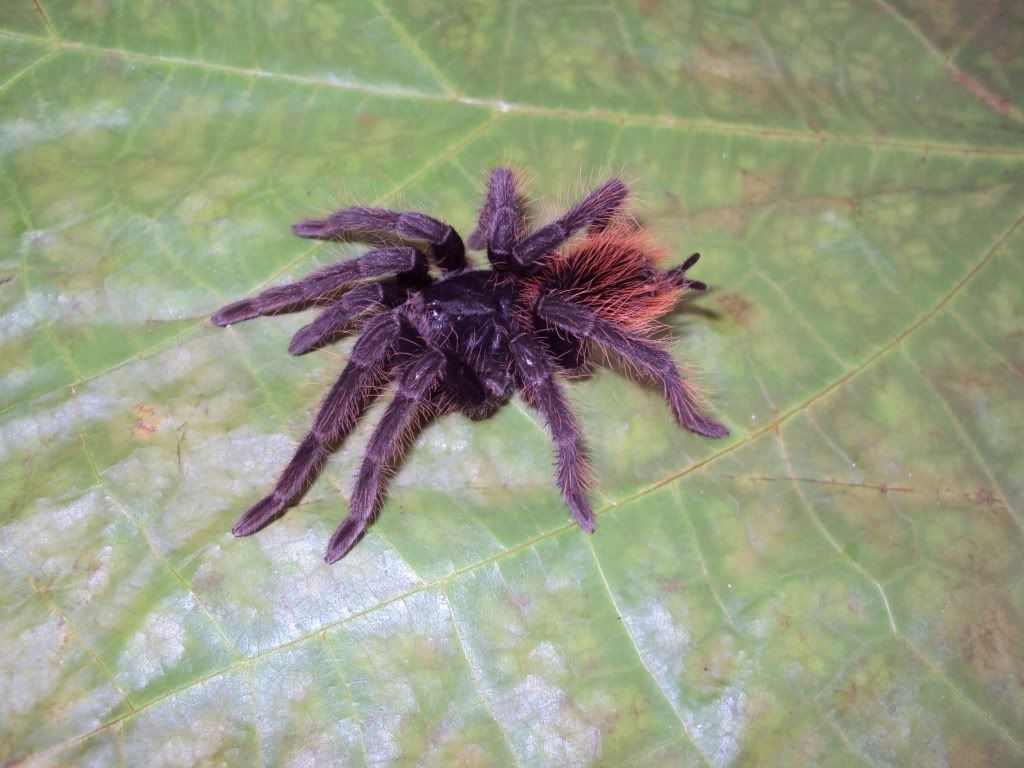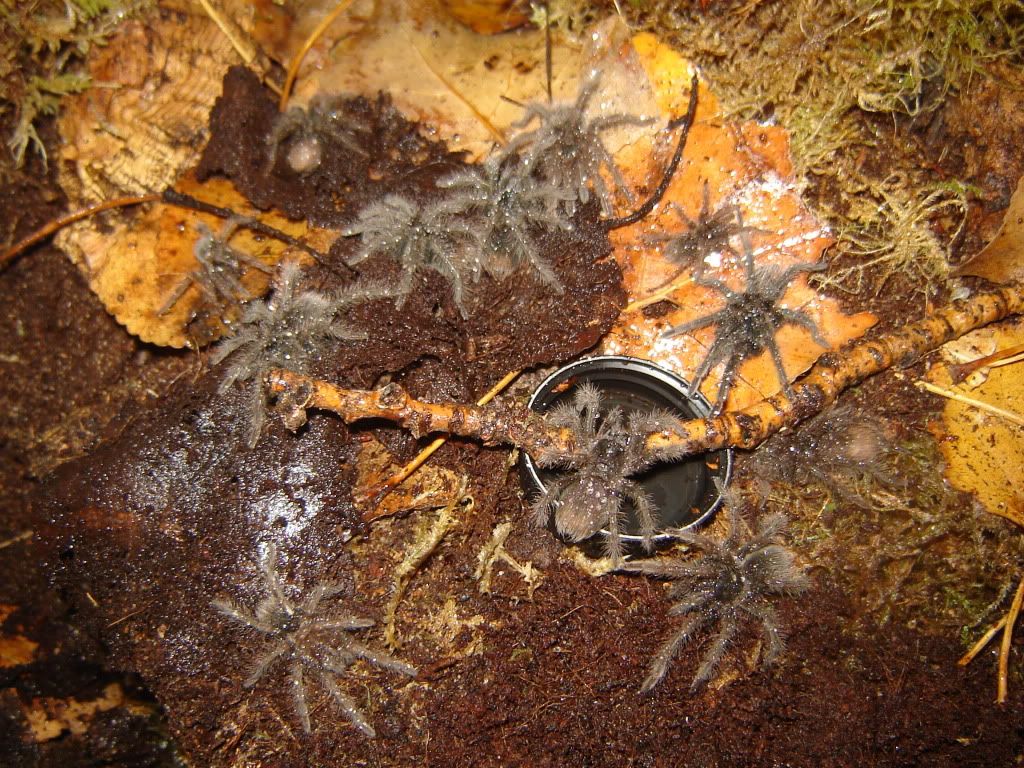Pyropiscus
Arachnopeon
- Joined
- Apr 23, 2008
- Messages
- 14
It looks amazing so far, I can't wait to see the finished product! I also love the fact that this species is finally making it's way into the hobby.
On the topic of identification, here's a link to a thread about this species on the BTS site that discusses this issue in great detail:
http://www.thebts.co.uk/forums/showthread.php?t=2454&highlight=chicken+spiders
On the topic of identification, here's a link to a thread about this species on the BTS site that discusses this issue in great detail:
http://www.thebts.co.uk/forums/showthread.php?t=2454&highlight=chicken+spiders

